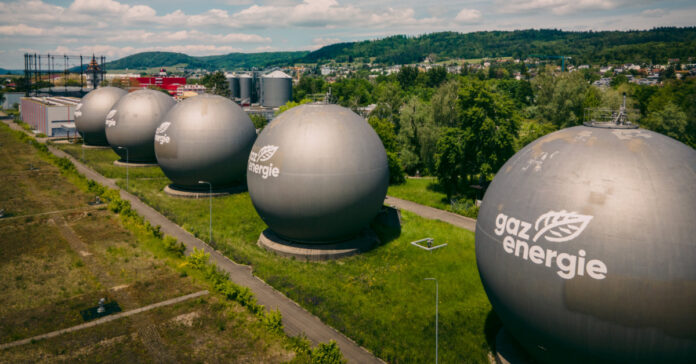
It is difficult to pin down the point at which inflation becomes hyperinflation, and I have seen different numbers reported by different sources. It’s almost like what they say about great art: you’ll know it when you see it.
I have described hyperinflation as when you can see prices rise daily. We saw this in late spring when gasoline prices were rising daily, or at least several times a week. Gas prices have pulled back, which may be temporary, and energy prices remain high.
Now we are seeing hyperinflation in the European energy markets. An already bad situation has grown worse daily since Russia has refused to re-start pipelines sending natural gas to Europe. If you’ve been keeping up with the news or seen the charts online, natural gas prices are seeing spikes of 700 or 800 percent.
Sounds like hyperinflation to me.
Hyperinflation Beyond Energy
When the price of gasoline and diesel rose in the U.S., it drove up the cost of shipping, which in turn drove up the cost of anything that needed to be shipped via truck, including food. That is happening in Europe, too.
The rising price of natural gas and oil in Europe is creating even larger ripples than we saw here. Besides driving up the cost of transportation, the lack of natural gas is causing businesses to cease production. This includes steel mills, aluminum manufacturing plants, chemical plants, and fertilizer plants. As they remove production from the market, it creates shortages which drive up prices, causing even more inflation or, in some cases, hyperinflation.
For example, the chemical industry creates carbon dioxide as a byproduct. When the chemical plants close, carbon dioxide production drops. This has driven up the cost of food-grade carbon dioxide by thousands of percent and slowed production of beer, soda, and other carbonated drinks. The meat processing industry also used carbon dioxide to stun animals, and a shortage could either cause a meat shortage or drive up costs (or both).
While natural gas in the U.S. is not rising as quickly as it did in Europe, steel and aluminum will increase in the U.S. because it is a global market. Companies looking to acquire steel and aluminum for their manufacturing will buy from U.S., Chinese, and other suppliers.
Recession Coming
When business shut down production, they often lay off people. Some businesses are forced to close because they either cannot get products, or they have to raise their prices so much that people stop buying their products. Businesses that sell items that are not necessities are seeing their sales drop as people focus their spending on food, utilities, medicines and other must-have items.
Unemployment contributes to the recession. So far, the recession in the U.S. has been relatively mild. It will be worse in Europe. As food prices rise, energy becomes expensive, and temperatures drop, the chance of social unrest and riots rises. Bloomberg reports that civil unrest could hit some of the richest countries in Europe. This could include demonstrations, strikes, riots, and looting. Already 70,000 or more Czechs protested in Prague, demanding lower energy prices.
A War Winter
Sweden’s Prime Minister warned of a “war winter” with hardships for all because of the lack of energy supplies from Russia.
Sp far, no one in the various European governments is admitting that they did this to themselves. They tried to punish Russia with sanctions, but Russia’s response is doing at least as much if not more damage to the European Union. The European people know this and at some point they will reach their breaking point. How Europe responds then will be telling. How Russia respond will be even more telling.
It’s almost as if Russia is going to destroy Europe this winter, all without launching a single missile at a NATO country. That just shows how economics and energy are the real weapons on today’s global stage.







